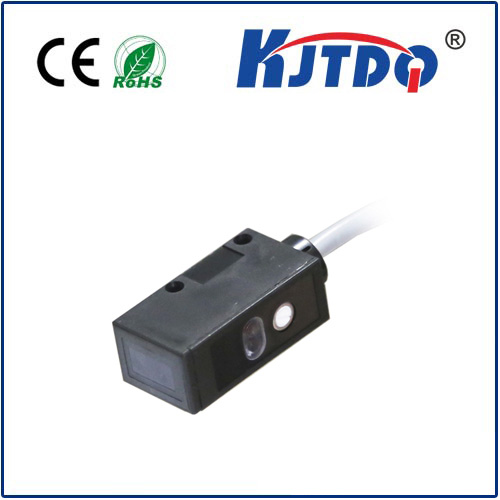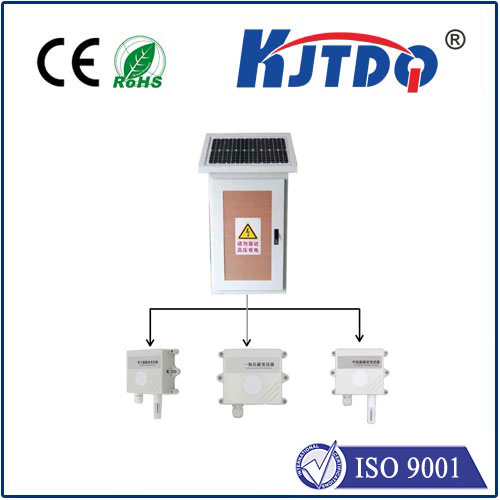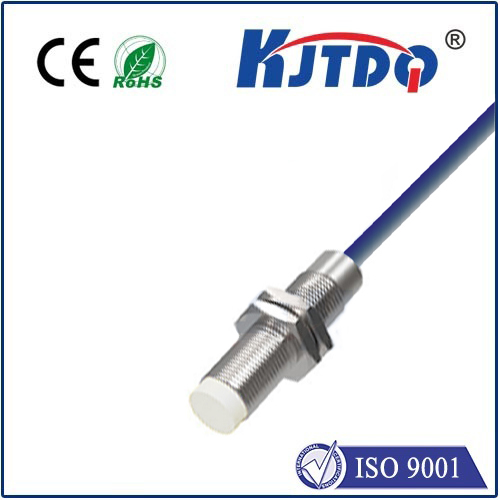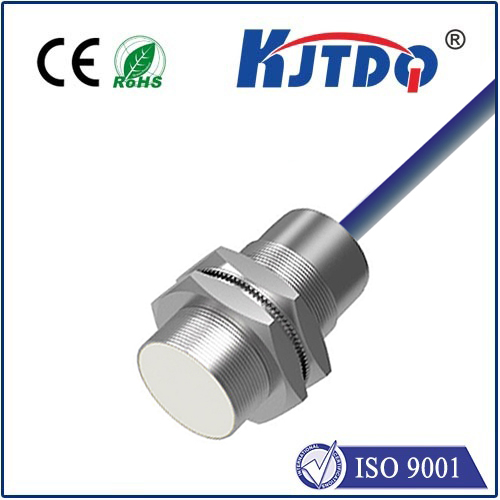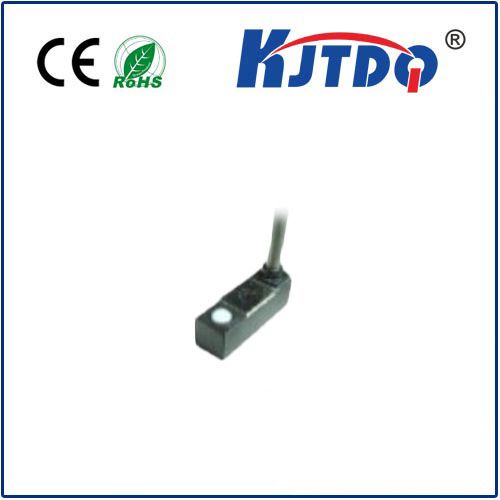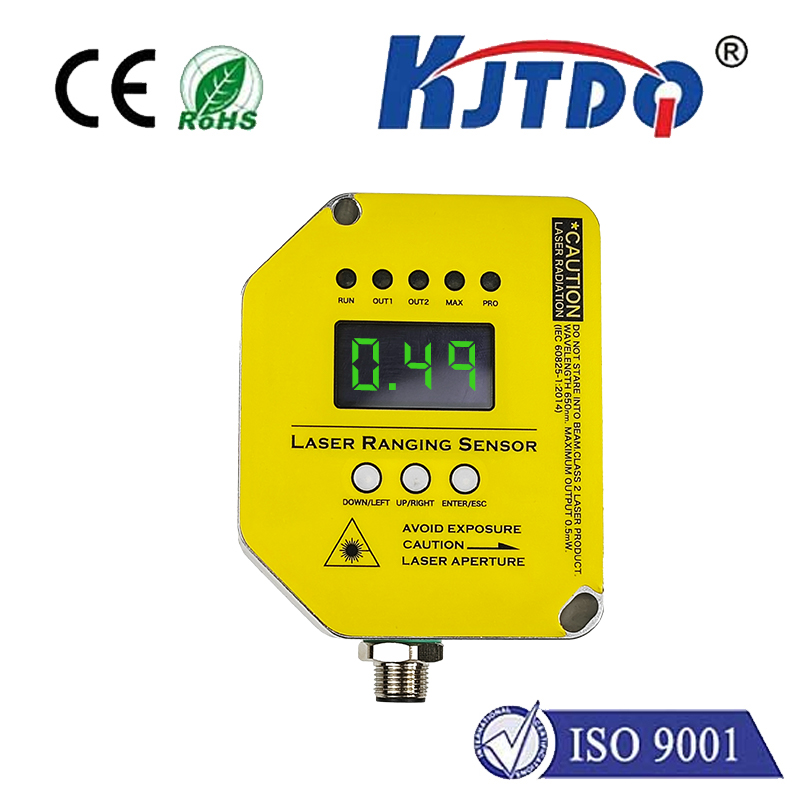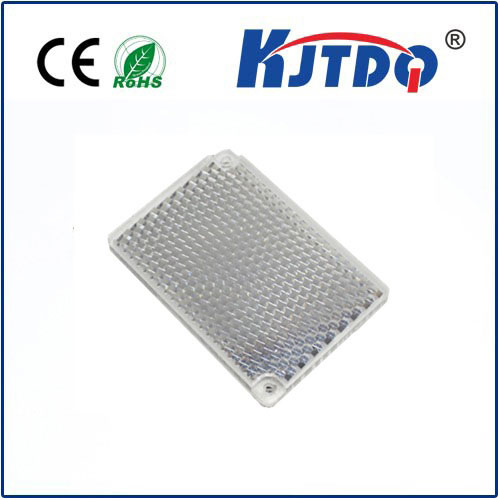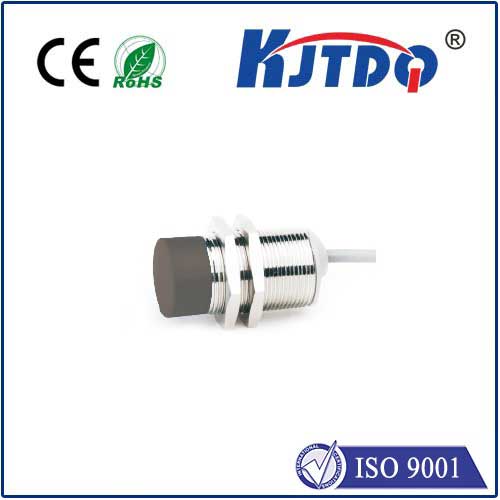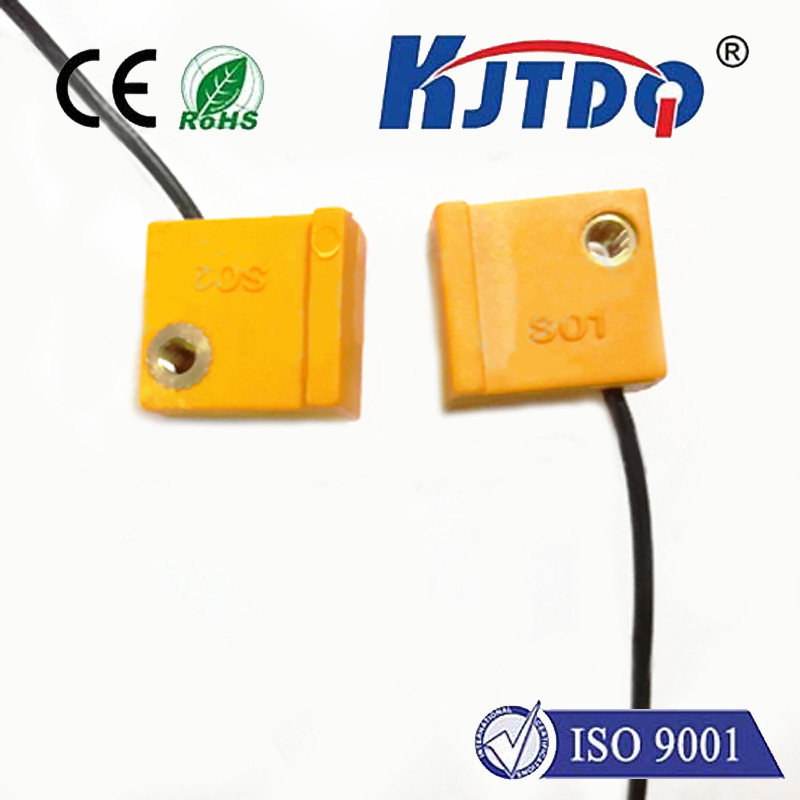
check

check

check

check
Understanding Spring-Type Limit Switches: A Comprehensive Guide
Introduction
Spring-type limit switches are widely used in various industries due to their reliability, durability, and simplicity. These devices act as essential components in controlling the movement of machines, ensuring safety, and preventing damage. In this article, we will delve into the details of spring-type limit switches, including their working principle, applications, and installation tips.
Working Principle
The spring-type limit switch consists of a housing, a spring-loaded actuator, and an electrical contact mechanism. The switch operates on the principle of mechanical deformation. When an external force is applied to the actuator, it compresses the spring inside and brings two electrical contacts together or separates them. This action completes or breaks the circuit, sending a signal to the control system to either stop or start a process.

Applications
Spring-type limit switches find numerous applications across different sectors. In the automotive industry, they are used to monitor the position of car doors, windows, and seats. In industrial machinery, they serve as safety devices to prevent overtravel or undertravel situations. They also play a vital role in conveyor systems, material handling equipment, and packaging machines. Additionally, these switches are crucial in robotics, where precise positioning and movement control are required.
Installation Tips
Proper installation of spring-type limit switches is crucial for optimal performance and longevity. Here are some useful tips to consider during the installation process:
1. Choose the appropriate location for the switch based on the application requirements and ensure that it does not interfere with any moving parts or obstructions.
2. Mount the switch securely to the desired surface using the appropriate fasteners provided with the unit.
3. Adjust the actuator arm so that it aligns accurately with the object or part that activates the switch. Make sure there is no excess play or looseness in the adjustment mechanism.
4. Connect the electrical wiring according to the manufacturer's instructions and ensure proper polarity for DC-powered units.
5. Test the switch functionality by simulating the normal operation conditions and verifying that the control system responds correctly to the signals from the limit switch.
Conclusion
Spring-type limit switches are versatile devices that offer reliable performance in various applications. By understanding their working principle, applications, and installation tips, users can maximize their benefits and ensure safe and efficient operations. As technology continues to advance, these switches remain an integral part of modern automation systems, contributing to improved productivity and safety standards in industries worldwide.
